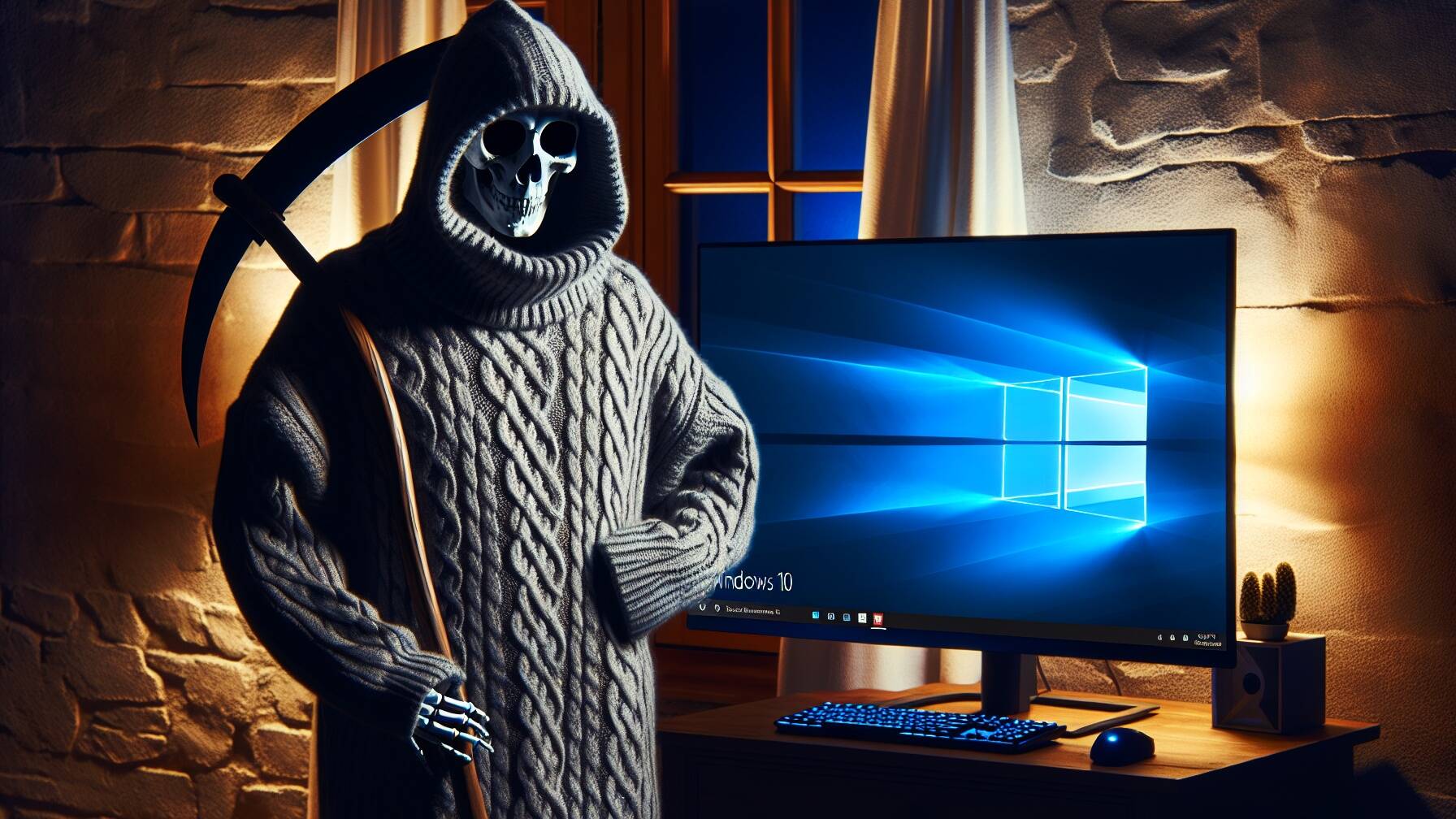Windows 10 is now just a year from its end of support date, and it is clear that Microsoft’s hardware compatibility gamble has yet to pay off.
A year from now, on October 14, 2025, Windows 10 will drop out of support. Some users will be able to continue receiving security updates for a fee. Others using Long Term Servicing Channel (LTSC) editions have more time. Windows 10 IoT Enterprise LTSC extended support ends on January 13, 2032, while Windows 10 Enterprise LTSC runs until January 9, 2029. But for the rest, just 365 days remain until Microsoft halts updates.
Steve Haskew, Group Director of Sustainability and Growth at Circular Computing, called it “The biggest Ctrl-Alt-Delete” in history. Other organizations, such as the Public Interest Research Group (PIRG), have called on Microsoft to extend support for Windows 10 to prevent millions of devices suddenly being rendered eligible for landfill overnight.
While Windows 10 won’t suddenly stop working for users still on the operating system, stopping security updates will inevitably leave customers increasingly vulnerable to attacks.
According to the figures from Statcounter and Lansweeper, Windows 11 has enjoyed a modest surge in recent months. Statcounter’s numbers put Microsoft’s flagship operating system as having half the market share of its predecessor. However, Lansweeper suggested that the increase might be more down to enterprises finally hitting the upgrade button rather than buying new hardware.
But PC shipments don’t seem to be experiencing the hoped-for wave just yet, as analysts struggle to agree whether they’re up or down, let alone surging.
When Microsoft launched Windows 11, it did so alongside hardware requirements that rendered many machines running Windows 10 suddenly obsolete. The problem was that there was not enough in Windows 11 to justify buying new hardware. Not helping matters was the fact that, with the assistance of workarounds, many owners of rejected Windows 10 devices found that Windows 11 would run without issues, further highlighting the artificiality of Microsoft’s requirements.
Microsoft’s gamble that customers would rush to its hardware partners to purchase new devices to run Windows 11 might have unintended consequences. After all, if a user has to buy a new device, how about a shiny new Mac? Or consider desktop Linux, which is very usable nowadays, allowing users to repurpose hardware that runs Windows 10 perfectly well.
The Windows-maker’s Copilot+ PCs represent a final throw of the dice for the company and its partners to persuade users to upgrade to Windows 11. While the hardware is undeniably impressive, there is little to make customers step out of a normal hardware refresh cycle.
There is now a year of Windows 10 support remaining for many customers. The modest uptick in the market share of Windows 11 will need to accelerate over the next 12 months if Microsoft is to avoid the scenario of legacy customers being exposed to risk because support for Windows 10 has been pulled, and an upgrade of dubious merit is impossible without purchasing new hardware. ®

